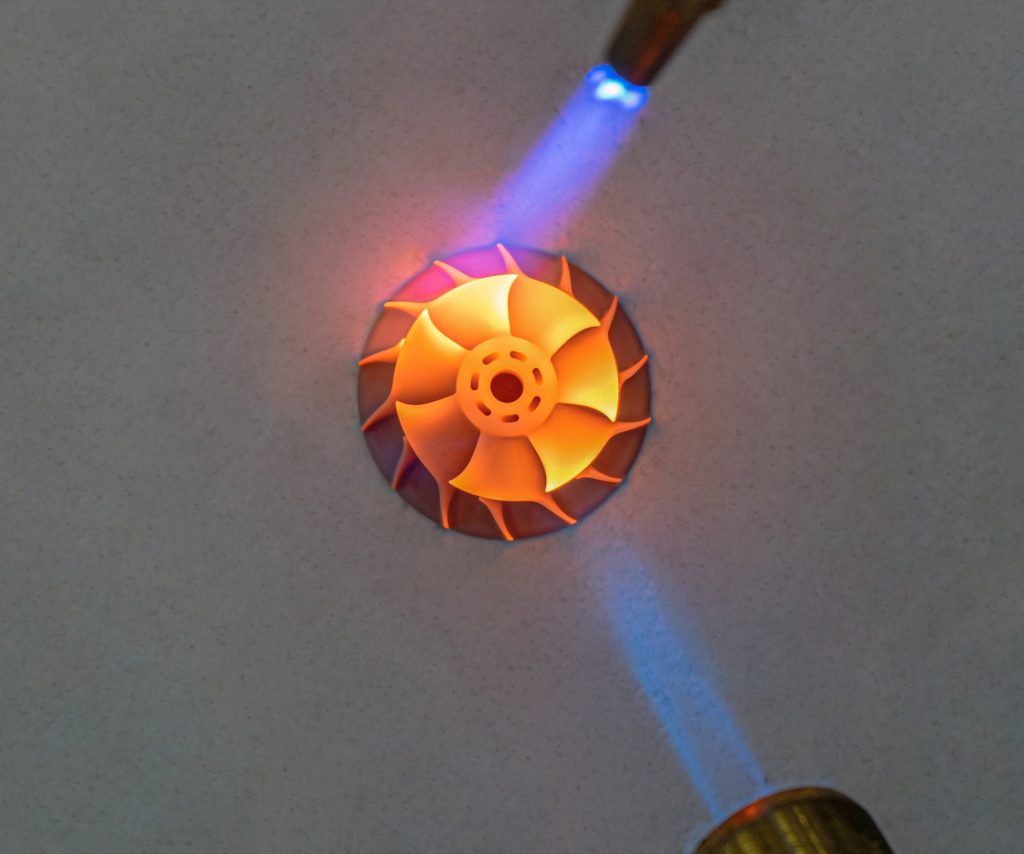When it comes to 3D printing in aerospace, metals are often the conventional material. However, high-performance 3D printed ceramics possess a number of excellent properties which make them highly efficient, and especially well suited for use in extreme environments. This makes ceramics ideal for 3D printing parts for aerospace applications.
The impressive properties of ceramics
Currently, the widespread use of metals means that ceramics are rarely at the top of an engineer’s shopping list. However, the fact that metals quickly reach their natural limits under harsh conditions means that ceramics are gaining ever more prominence.
But what makes ceramics so well suited to harsh and extremely demanding environments?
High-performance ceramics possess incredibly high hardness, abrasion and heat resistance, and are resistant to hot corrosion and oxidation. Additionally, parts 3D printed with ceramic offer mechanical and dimensional stability, whilst maintaining mechanical strength at incredibly high temperatures. Ceramics also have an electrical and thermal insulation effect, adding to their utility for internal mechanical components.
Combine those excellent properties with the design flexibility of 3D printing, and you will explore a completely new dimension of aerospace applications.

















































